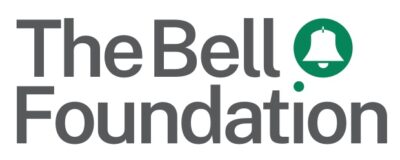As the number of learners who use English as an Additional Language (EAL) increases in primary and secondary schools, teachers need to explore effective strategies to support their multilingual learners’ language development. One approach that has gained popularity is the use of graphic organisers, which are visual tools that help students to organise their thoughts and ideas.
There are many different types of graphic organisers, many of which can be downloaded as templates for free from our website.
Some, such as tables or bar charts, are commonplace and widely encountered in textbooks and other academic resources so we can expect most students to be familiar with them, whilst others - such as Ishikawa (or fishbone) diagrams - are less well known and will need to be carefully explained and demonstrated for successful use.
This blog, part one of two, briefly explains why graphic organisers are useful and how to identify when using a graphic organiser will be helpful to scaffold learning.

